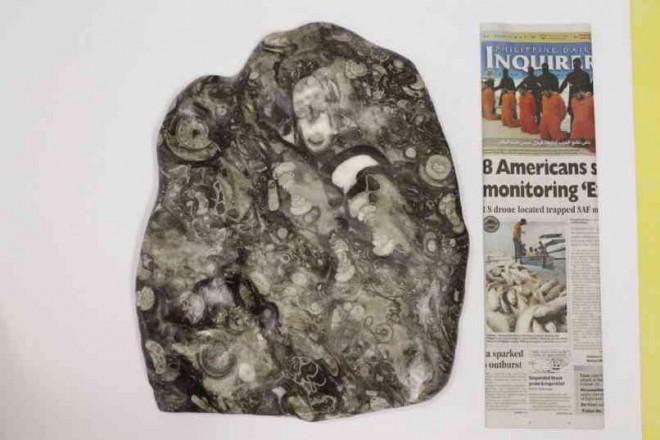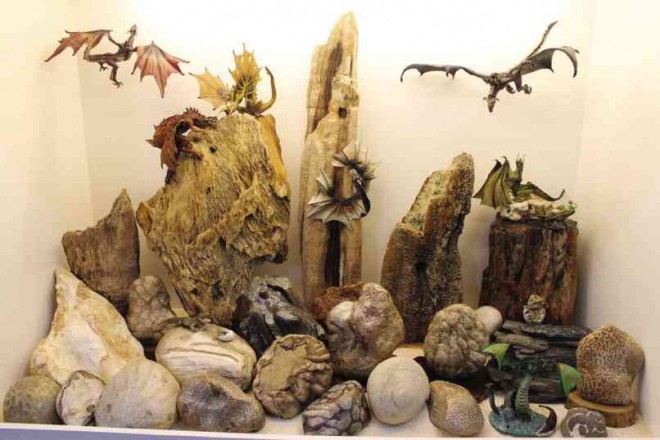Talking stones
The history of the changes and evolution of our planet Earth is written and recorded in stone. We can very clearly read the story of the origin and development of its former inhabitants in special rocks called fossils.
Any tangible evidence—be they the remains, traces or impressions—of plants and animals no longer living and are extinct is called a fossil, which comes from the Latin word fossilis, meaning “something dug out of the ground.”
That is what fossils basically are, as may be gleaned from the way they were formed underneath the ground and eventually excavated and unearthed.
Fossils are classified according to the manner in which they were formed. Most fossils consist of materials that replaced the original organism, although some are partially made up of the original tissues.
Preserved in original
Article continues after this advertisementThe hard parts of certain organisms—bones, teeth, scales of reptiles and shells of marine animals—are usually preserved in their original state.
Article continues after this advertisementHard tissues are preserved through the process of permineralization, in which dissolved minerals from groundwaters seep into the interstices of the organic hard parts.
In the process known as mineralization or replacement, the hard parts are completely dissolved and replaced by water laden with minerals.
Some fossils come in the form of casts or molds. After a shell, for instance, has been embedded in a rock, it may in time be completely dissolved by leaching groundwaters, leaving a hollow that retains the exact same shape of the original shell. The mold frequently becomes filled with solid matter that forms a cast of the original object.
Fossilized tracks and trails, fossil eggs, fossilized turd or dung and gastroliths (smooth rounded stones that were swallowed by large plant-eating dinosaurs to aid digestion) are other, less common, forms of fossils.
Fossils are important to science because they provide an indisputable record and evidence of life’s evolution on Earth. They provide concrete and tangible information about the environment prevailing at the time the fossils were forming at a particular place. They are virtual snapshots of the progress of life and the passage of time, the images imprinted, preserved and immortalized in stone.
Reflection
Seeing these rare and fascinating mementos from the past, I cannot help but think and reflect.
In a way, fossils are stones that talk, that tell tales of times long gone by. We must listen to what they are saying and then learn.
In time, we, too, will be reduced to the bare simplicity of dust, rock, stone… and fossil. All the impermanent grandeur that we humans were will be kept, trapped in a prison house as solid and as permanent as rock.
God’s love is manifest in everything and everywhere. And so we hear God, speaking to us in the absolute stillness of rocks and stones. Fossils provide hard evidence of the divine plan, the concrete and incontrovertible proof of God’s giving grace.
The writer is the academic supervisor at Marian School of Quezon City. E-mail [email protected].

